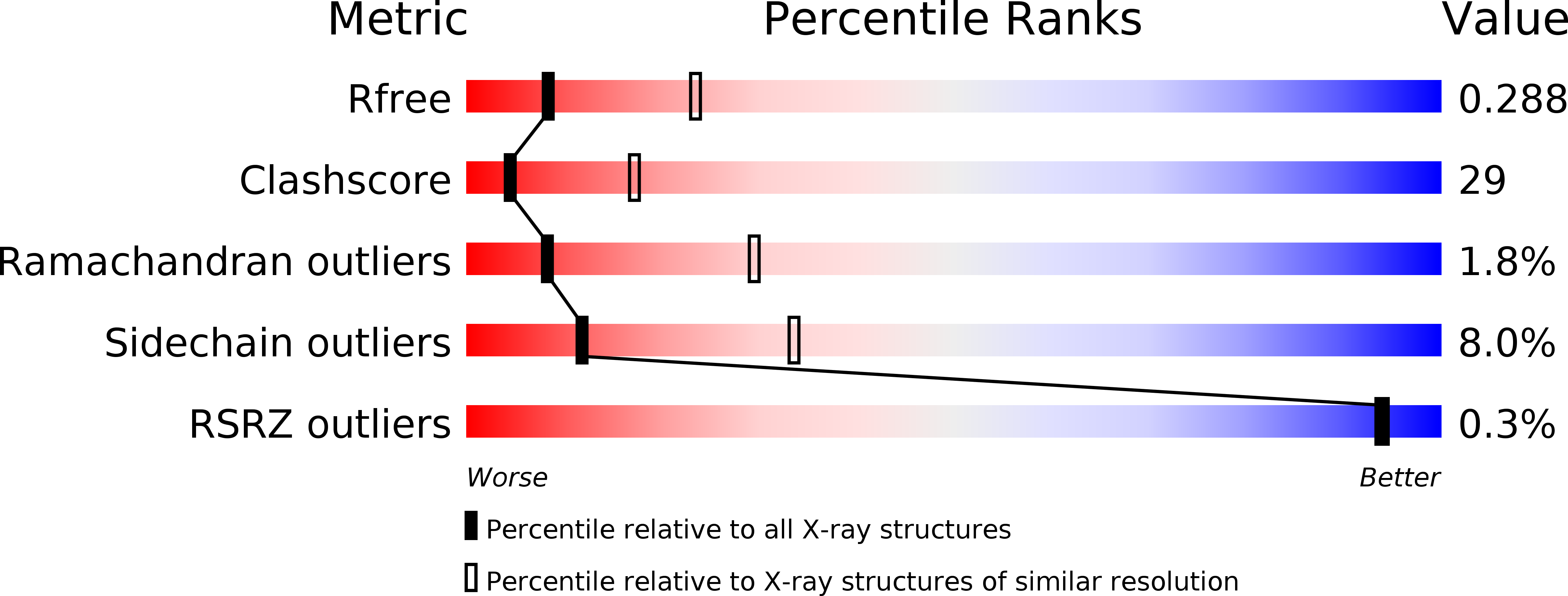
Deposition Date
2010-12-07
Release Date
2011-08-10
Last Version Date
2024-02-21
Entry Detail
PDB ID:
3PW4
Keywords:
Title:
Ternary complex of Aflatoxin B1 Adduct modified DNA (AFB1-N7-Gua) with DNA Polymerase IV and incoming dATP
Biological Source:
Source Organism:
Sulfolobus solfataricus (Taxon ID: 2287)
synthetic construct (Taxon ID: 32630)
synthetic construct (Taxon ID: 32630)
Host Organism:
Method Details:
Experimental Method:
Resolution:
2.90 Å
R-Value Free:
0.29
R-Value Work:
0.23
R-Value Observed:
0.23
Space Group:
P 21 21 2


